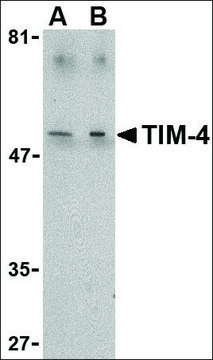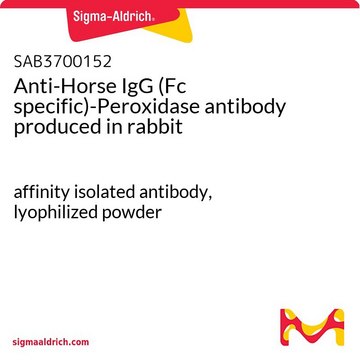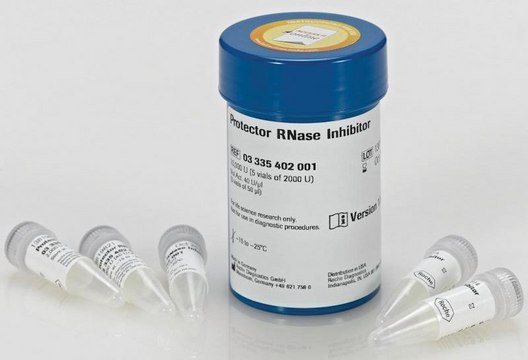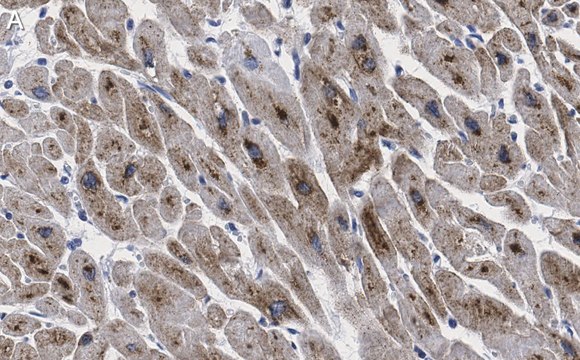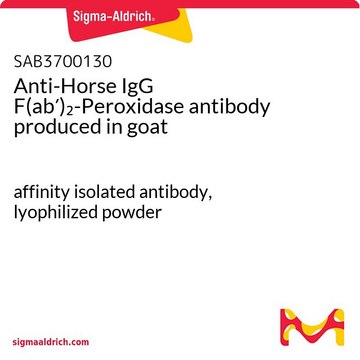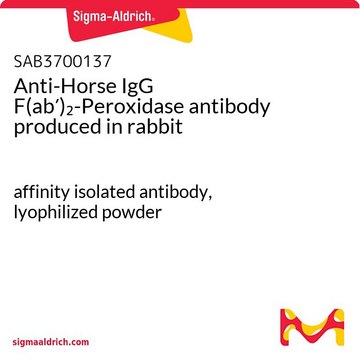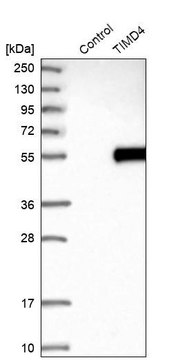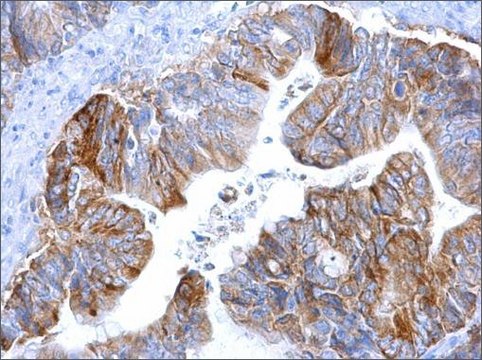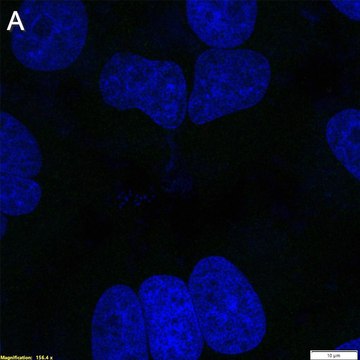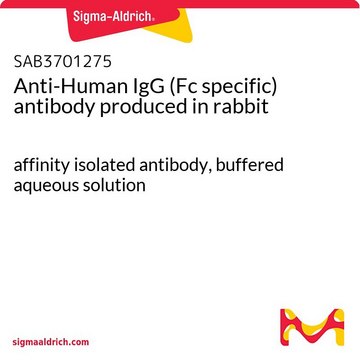SAB3700145
Anti-Horse IgG (Fc specific)-Peroxidase antibody produced in goat
affinity isolated antibody, lyophilized powder
Synonym(s):
HRP
Sign Into View Organizational & Contract Pricing
All Photos(1)
About This Item
UNSPSC Code:
12352203
NACRES:
NA.46
Recommended Products
biological source
goat
Quality Level
conjugate
peroxidase conjugate
antibody form
affinity isolated antibody
antibody product type
secondary antibodies
clone
polyclonal
form
lyophilized powder
species reactivity
horse
technique(s)
immunohistochemistry: suitable
indirect ELISA: suitable
western blot: suitable
shipped in
wet ice
storage temp.
2-8°C
target post-translational modification
unmodified
General description
The immunoglobulin IgG from horse comprises six subtypes. The subtypes share high sequence homology. Immunoglobulin super-family have a common structure, comprising two heavy (H) chains and two light (L) chains, held together by disulfide linkages. The heavy chain has one variable N-terminal region and three to four constant (CH1-CH4) C-terminal regions. The L chain comprises of one variable N-terminal region and a constant C-terminal region.
Specificity
This product was prepared from monospecific antiserum by immunoaffinity chromatography using Horse IgG coupled to agarose beads followed by solid phase adsorption(s) to remove any unwanted reactivities. Assay by immunoelectrophoresis resulted in a single precipitin arc against Anti-Peroxidase, Anti-Goat Serum, Horse IgG, Horse IgG F(c) and Horse Serum. No reaction was observed against Horse IgG F(ab′)2.
Immunogen
Horse IgG F(c) fragment
Biochem/physiol Actions
Immunoglobulin IgG digestion by papain results in the generation of fragment antigen binding (Fab). Pepsin digestion of IgG generates fragment crystallisable (Fc). The Fc region of IgG antibody has enormous therapeutic potential and is exploited for the development of therapeutic antibodies. Normal serum IgG levels (400-800 mg/dl) along with total serum proteins and serum globulin is essential in foals to alleviate the risk of developing failure of transfer of passive immunity(FTPI).
Physical properties
Antibody format: IgG
Physical form
Supplied in 0.02 M Potassium Phosphate, 0.15 M Sodium Chloride, pH 7.2
Reconstitution
Reconstitute with 1.0 mL deionized water (or equivalent).
Disclaimer
Unless otherwise stated in our catalog or other company documentation accompanying the product(s), our products are intended for research use only and are not to be used for any other purpose, which includes but is not limited to, unauthorized commercial uses, in vitro diagnostic uses, ex vivo or in vivo therapeutic uses or any type of consumption or application to humans or animals.
Not finding the right product?
Try our Product Selector Tool.
Choose from one of the most recent versions:
Already Own This Product?
Find documentation for the products that you have recently purchased in the Document Library.
Usefulness of a commercial equine IgG test and serum protein concentration as indicators of failure of transfer of passive immunity in hospitalized foals
Metzger N, et al.
Journal of Veterinary Internal Medicine, 20(2), 382-387 (2006)
The complete map of the Ig heavy chain constant gene region reveals evidence for seven IgG isotypes and for IgD in the horse
Wagner B, et al.
Journal of Immunology, 173(5), 3230-3242 (2004)
Molecular properties of human IgG subclasses and their implications for designing therapeutic monoclonal antibodies against infectious diseases.
Irani V, et al.
Molecular Immunology, 67(2), 171-182 (2015)
Structure and function of immunoglobulins.
Schroeder Jr H W and Cavacini L
The Journal of Allergy and Clinical Immunology, 125(2), S41-S52 (2010)
Our team of scientists has experience in all areas of research including Life Science, Material Science, Chemical Synthesis, Chromatography, Analytical and many others.
Contact Technical Service